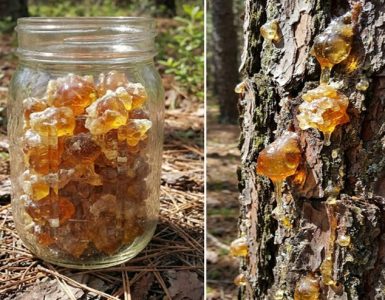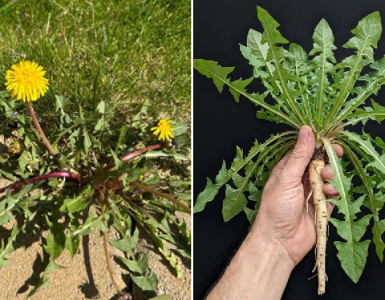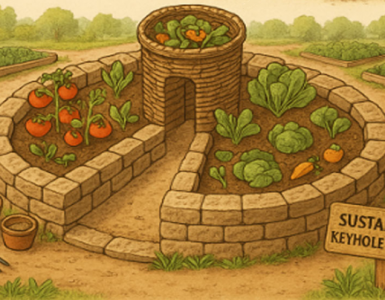Roses are often considered the jewels of any garden, but to keep them blooming beautifully year after year, proper pruning is essential. Pruning not only maintains the health and shape of the plant but also encourages new growth and more abundant flowering. However, for many gardeners, the thought of pruning roses can be daunting. Fear not! With these 7 easy steps, you’ll become a rose pruning pro in no time.
Timing is Key: The first step to successful rose pruning is timing. The ideal time to prune depends on your location and climate, but generally, it’s best to prune roses in late winter or early spring before new growth begins. Aim to prune when the buds start to swell but before leaves emerge. This timing ensures that you’re not cutting away potential new growth.
Gather Your Tools: Before you begin pruning, make sure you have the right tools for the job. You’ll need a sharp pair of pruning shears or secateurs, thick gloves to protect your hands from thorns, and possibly long-handled loppers for thicker branches. Ensure your tools are clean and sharp to make clean cuts and minimize damage to the plant.
Remove Dead or Diseased Wood: Start by inspecting the rose bush and removing any dead, damaged, or diseased wood. Cut these branches back to healthy tissue, making clean, angled cuts just above a bud or outward-facing growth node. Removing dead wood not only improves the appearance of the plant but also prevents the spread of disease and encourages new growth.
Shape the Plant: Once you’ve removed any dead or diseased wood, it’s time to shape the plant. Aim to create an open, vase-shaped structure that allows air and light to penetrate the center of the bush. Remove any crossing or inward-growing branches to maintain an open framework and promote better air circulation within the plant.
Prune for Size and Structure: Consider the ultimate size and shape you want for your rose bush and prune accordingly. Remove any overly vigorous or long, leggy branches to control the size of the plant and encourage bushier growth. Focus on maintaining a balanced shape and removing any crowded or weak growth to improve the overall structure of the plant.
Cut Back Old Wood: Many varieties of roses produce flowers on new growth, so don’t be afraid to cut back old wood to stimulate fresh growth and abundant flowering. Cut back older branches by one-third to one-half of their length, making angled cuts just above outward-facing buds. This encourages new shoots to emerge from the base of the plant, resulting in a healthier, more vigorous rose bush.
Clean Up and Feed: Once you’ve finished pruning, remove any debris from around the base of the plant and dispose of it properly to prevent the spread of disease. Consider applying a balanced fertilizer or a specialized rose food to provide essential nutrients and promote healthy growth. Water the plant thoroughly to help it recover from the pruning process and encourage new growth.
By following these 7 easy steps for pruning roses, you’ll ensure that your plants remain healthy, vigorous, and beautifully blooming year after year. With a little time and effort, you’ll be rewarded with a garden filled with gorgeous roses that are the envy of all who see them. Happy pruning!






Add comment